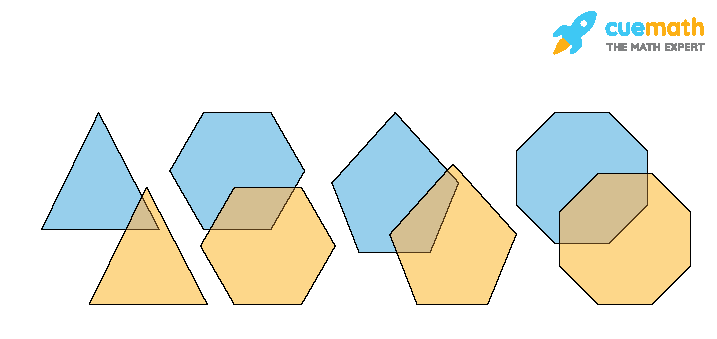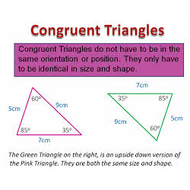


I hope that this isn't too late and that my explanation has helped rather than made things more confusing. Sides are congruent when they are the same length. Angles are congruent when they are the same size (in degrees or radians). Congruent in geometry means that one figure, whether a line segment, polygon, angle, or 3D shape, is identical to another in shape and size. In this example the shapes are congruent, we only need to flip one over and move it a little. You can then equate these ratios and solve for the unknown side, RT. The same shape and size (but we are allowed to flip, slide or turn). The word 'congruent' is an adjective, and it describes two objects where their corresponding parts are identical. If you want to know how this relates to the disjointed explanation above, 30/12 is like the ratio of the two known side lengths, and the other ratio would be RT/8. If any two angles sum to exactly 90°, then they are two complementary angles. Complementary angles do not need to be adjacent angles or oriented in the same direction. The two angles can be part of the same or different figures. Now that we know the scale factor we can multiply 8 by it and get the length of RT: Complementary angles are two angles that add up to exactly 90°. If you solve it algebraically (30/12) you get: Real-Life Examples: Some of the real-life examples are given below with figure: 1. And the two figures are said to have congruency. I like to figure out the equation by saying it in my head then writing it out: Congruent Definition in Geometry Two objects or figures are said to be congruent if their corresponding parts are exactly the same and equal. In this case you have to find the scale factor from 12 to 30 (what you have to multiply 12 by to get to 30), so that you can multiply 8 by the same number to get to the length of RT. The first step is always to find the scale factor: the number you multiply the length of one side by to get the length of the corresponding side in the other triangle (assuming of course that the triangles are congruent).


 0 kommentar(er)
0 kommentar(er)
